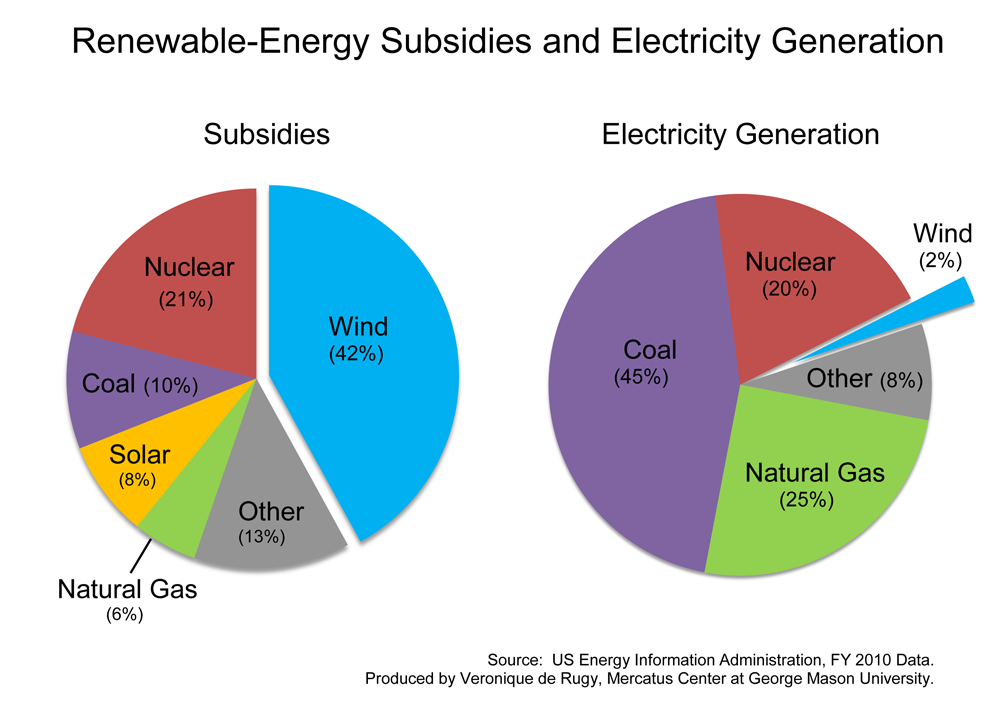
The US Senate, with the support of New Mexico’s Martin Heinrich and Tom Udall, recently passed legislation called the “Marketplace Fairness Act.” The idea behind the legislation is to set up a new taxation regime that would allow states to collect sales taxes on ALL online sales.
Currently, due to the US Supreme Court’s Quill decision of the early 1990s, online merchants must collect all sales taxes due if they have a physical presence in a particular state, but “mom and pop” merchants are not forced to act as tax collectors for the 9,600+ taxing jurisdictions throughout the United States. According to tables available online from New Mexico’s Tax and Revenue Department, there are 24 taxing districts in Bernalillo County alone and easily more than 100 statewide.
The complexity point is key because it is not that consumers do not owe taxes on online purchases, rather, the Court decided that the burden of forcing a small business to collect taxes at so many different rates with products defined differently, and with documentation required on a variety of schedules and in different formats, was unreasonable.
The Marketplace Fairness Act would require the creation of a complicated and expensive system for tracking where consumers live, what they buy and how much it costs. After all, as Overstock.com CEO Patrick Byrne notes, “In one jurisdiction, cotton candy is food; in another it’s entertainment or candy.”
Thankfully, Gov. Martinez has taken a firm stance against a convoluted system of Internet taxation, but the same cannot be said for many governors and legislators of both parties who, hungry for more revenue, are supporting a policy change that would undermine the small businesses that have sprung up to do business online, thus cushioning the blow of the current slow-growth US economy.
One Albuquerque-based business owner that I have spoken to has stated that he would no longer sell his product online under an Internet taxation regime as set up under the Marketplace Fairness Act. The issue is not an unwillingness to have his consumers “pay their fair share,” but the compliance costs that involve submitting documentation, often on a monthly basis even if his company has no sales in that particular jurisdiction.
He is by no means the only small business owner with an online presence to face negative repercussions from Congressional overreach on Internet sales. It is one big reason why Ebay, Etsy, and their small, but numerous sellers oppose the Marketplace Fairness Act while the online behemoth Amazon has become one of the primary advocates for the Act.
Of course, many governments are hungry for the revenues that Internet taxes would bring in. Many of them argue that these taxes will force online retailers to “pay their fair share” for all of the services they use. The reality is that Internet merchants don’t burden local infrastructure like traditional retailers and “big box” stores. These companies, not the online retailers, are using the roads, sewers and schools.
Rather than burdening small businesses with additional compliance costs, states should consider shifting to an “origin-based” sourcing rule for sales taxes.
A destination-based sourcing rule requires businesses to collect sales tax defined by the physical location of the buyer, whereas an origin-based sourcing rule would require sales tax collection defined by the physical location of the seller. After all, if the seller is burdened with collecting taxes on behalf of the government, the revenues generated should at least be used in part for the benefit of that seller.
Better still; unlike the Marketplace Fairness Act which relies on collusion among the states and thus requires the blessing of Congress, the origination-based approach encourages federalism and competition among the states to be as attractive as possible for potential Internet vendors.
Taxing Internet sales is a complicated issue. The trick is to balance genuine fairness and reasonable regulations while respecting federalism and encouraging interstate competition. We can do better on each of these fronts without the Marketplace Fairness Act.
Paul Gessing is the President of New Mexico’s Rio Grande Foundation. The Rio Grande Foundation is an independent, non-partisan, tax-exempt research and educational organization dedicated to promoting prosperity for New Mexico based on principles of limited government, economic freedom and individual responsibility











